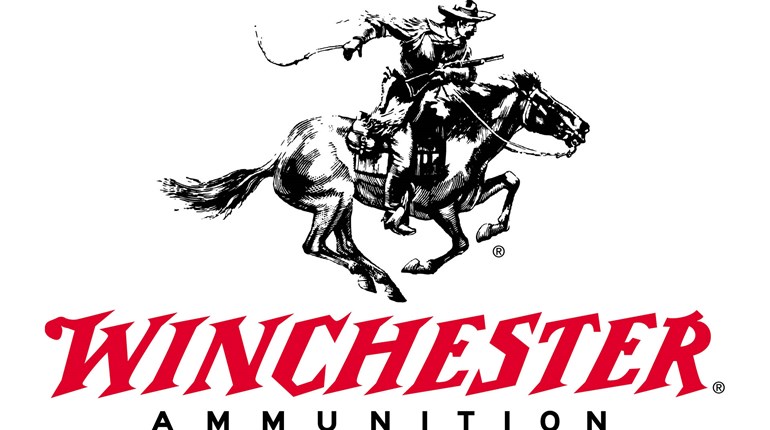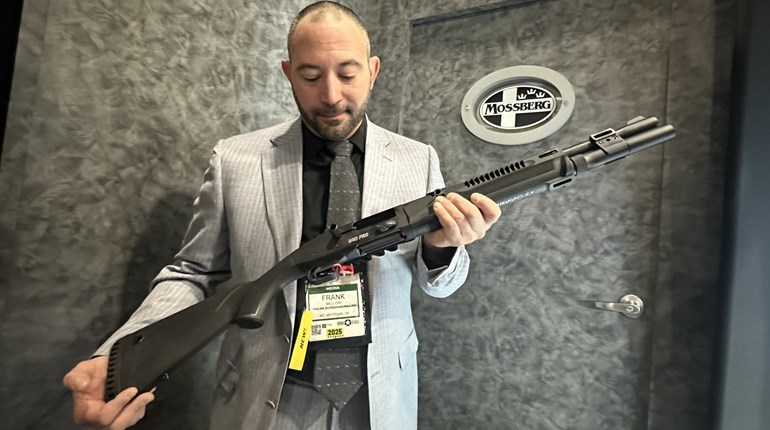
When Winchester Ammunition announced its newest cartridge, the 350 Legend, the shooting-and-hunting world rejoiced, as there was now another option available in states that restrict bottleneck cartridges for hunting. While the entire industry was all “hydro-static shock” this, and “penetration” that, I had to be the only person to step away from the bench thinking, “Hey, that’s fun to shoot!” While the new cartridge added to the short list of legal cartridges in these select states, it added to an even shorter list of chamberings that I regard as “shootable hunting rounds”.

Hunting gear is usually built around one aspect: weight. Accuracy and comfort are often sacrificed in order to make a firearm lighter and easier to maneuver. As they are intended to be fired only a limited number of times, ammunition cost is typically ignored as well. As one of the original firearms and ammunition manufacturers in America, Winchester Repeating Arms took all of this into account when it created not only the new cartridge but the 350 Legend XPR rifle as well. This new chambering of its self-proclaimed “workhorse” is intended to remove any excuse for not practicing all year ‘round.

When I unboxed the XPR, I noticed that it had much more flair than your typical budget-minded firearm. With Winchester emblems pressed into the textured grip surfaces and sharp lines across the buttstock, it was quite the looker. Combined with matte-black metal components, it had a sleek, stealthy appearance overall. During my chamber check, I observed the robust, three-lug bolt had a refined smoothness to it right out of the factory. Most guns smooth out through use, but it was nice to have effortless function right out of the box.

The use of the three-lug design increases accuracy by offering a self-centering effect, and also provides a shorter bolt lift. With the action open, we observed the barrel and noticed that Winchester really took advantage of the low pressure of the 350 Legend cartridge and went as thin as possible on the contour. In the shop, we laughed, as it was almost as thin as a .410-bore shotgun that we had next to it! This reduction was exceptionally smart, as it aids in the rifle's balance and makes it much easier to shoot unsupported.
As this is the first XPR I have ever handled, I was fascinated by the use of a separate bolt-unlocking button that allowed me to cycle the action with the safety on. Many rifles that include this feature usually do so with a three-position safety, which is inherently more confusing. Here the safety is either on or off, and if you want to cycle the bolt, just press the button in front of the housing.

When I got the rifle on my bench at home, I played with the MOA trigger system a bit. This trigger system allows the user to adjust not only the pull weight but the overtravel as well. Out of the factory, we confirmed a pull weight of just about 4 pounds, but with a little room to grow I got it down to 3 pounds, 1 ounce. All weights were confirmed by a Lyman Digital Trigger Gauge. The next task before hitting the range was the installation of a scope.
Winchester makes base/ring combos that mount directly to the receiver, eliminating a common failure point. We used the 30 mm version of these to mount our Tract Toric UHD 4-20X optic. This scope is built with German SCHOTT glass and delivers a crystal-clear target picture, regardless of light conditions. We performed all of our accuracy testings at the 20X setting, as it gave us the best sight picture and the reticle was also the largest. Although first focal plane, the crosshairs did not get grossly oversized, and we were able to easily identify the center of our 100-yard target.

With 145-grain FMJ and 180-grain Power Point ammunition in hand, we headed for the range. Test conditions were a bit frigid but absent of any wind,allowing for a fair accuracy analysis. We rested our test rifle in a Caldwell Rock BR Rest and placed paper and steel targets downrange. Although I don’t usually mention it, the FMJ ammo can be found at most online retailers for less than $10 a box. That’s pretty big news for a new centerfire cartridge, as usually there isn’t much practice ammo around, and if there is, you usually pay through the nose for it.
As this round was the most economical, we used it to zero and then fired five 5-shot groups that averaged 2.31 inches, with our best group measuring just 1.94 inches. The Power Point ammo gave me some terrific 4-shot groups but habitually tossed one round outside. While we had several 4-shot groups that measured inside of 1.5 inches, our overall average with the same test parameters was more than 3 inches.

These accuracy results are certainly acceptable, as long as your target is at least this large, which we confirmed as we rang a six-inch gong 95 percent of the time in just about every imaginable field position. The point of impact on this purpose-built round was approximately four inches higher than that of the FMJ practice round, which is interesting, because conventional wisdom would lead you to guess that the heavier bullet would impact lower.
Overall, my time spent with the new XPR addition to the Winchester lineup was quite favorable. Even without any muzzle device, the 350 Legend was an absolute joy on the shoulder, and the barrel barely warmed up, even after dumping 20 consecutive rounds through it. This rifle is destined for extended range use, and I hope to see a higher capacity magazine become available.
Although adequate in the field, the included three-round magazine had us stopping frequently to refuel. Other than that, there were no other qualms, as it produced acceptable accuracy, especially with “white-box” ammo, and the mild kick let us fire it all day long. When you add up the light weight, low recoil and low cost of ammo, you get one thing for certain: shootability.



































